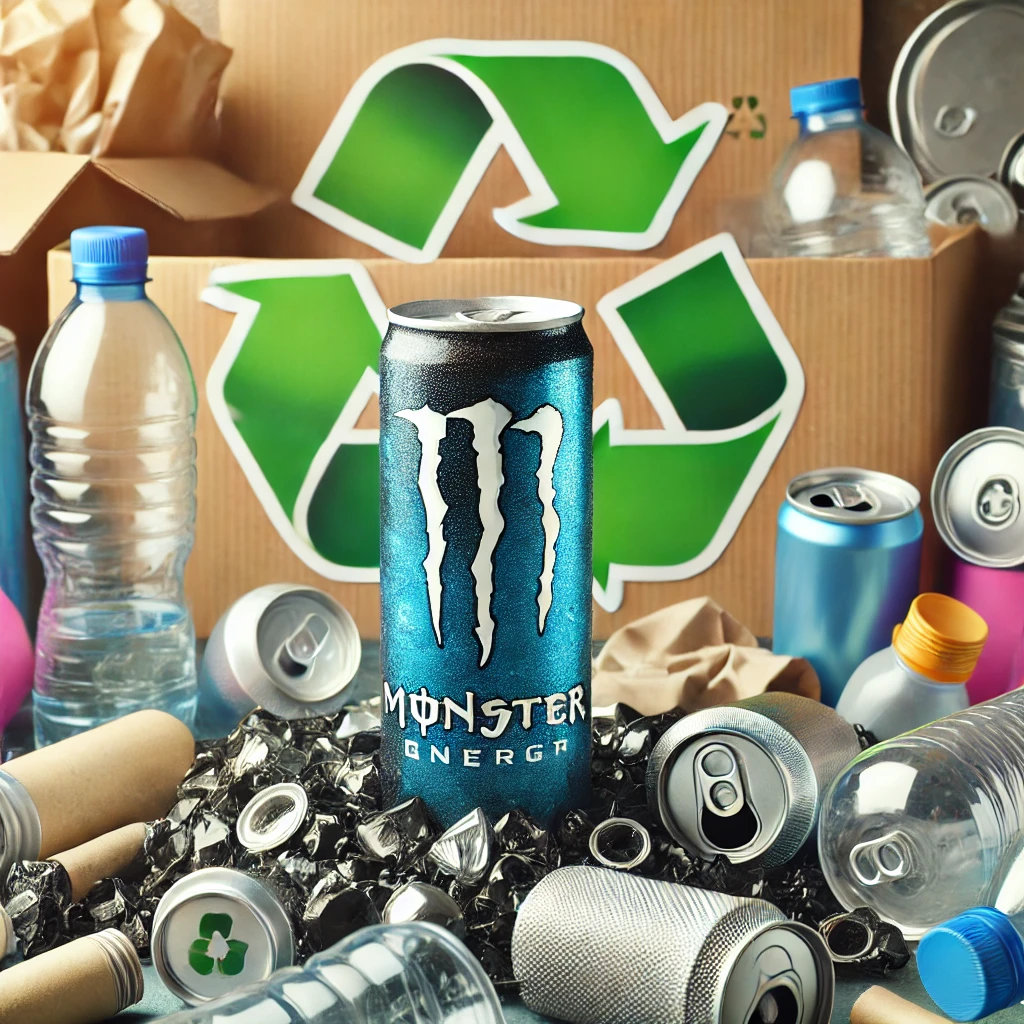Have you ever wondered about the environmental impact of producing and consuming energy drinks? From sourcing raw materials to packaging and transportation, the lifecycle of energy drinks involves multiple stages, each with its own environmental footprint. In this blog post, we’ll explore the environmental impact of energy drinks, from production to consumption, and look at what can be done to diminish these effects. Grab a drink, and let’s go.
The environmental footprint of energy drinks starts with the production of their key ingredients. Energy drinks typically contain caffeine, sugar, vitamins, and various other stimulants and additives. Each of these components has its own environmental impact, beginning with agricultural practices and working its way through industrial processing.
- Caffeine Production
Caffeine is one of the primary ingredients in energy drinks. It is usually sourced from coffee beans, tea leaves, or synthesized in labs. The cultivation of coffee and tea can lead to deforestation and the loss of biodiversity. Coffee and tea plantations often require large amounts of water and pesticides, contributing to water scarcity and pollution.

According to the International Coffee Organization, the production of one kilogram of coffee requires around 140 liters of water. When sourced unsustainably, caffeine production can contribute to pretty significant environmental degradation.
Synthetic caffeine, although not as commonly discussed, is also an essential part of the conversation. Synthesizing caffeine in laboratories involves chemical processes that consume excess energy and produce waste, contributing to the overall environmental footprint. However, some argue that laboratory production can be more controlled and potentially less harmful than traditional agricultural methods, especially if renewable energy sources are used in the process.
- Sugar Production
Sugar is another major component of many energy drinks. It is primarily derived from sugarcane or sugar beets, both of which have substantial environmental footprints. Sugarcane cultivation, for instance, can lead to deforestation, soil erosion, and water pollution due to the heavy use of fertilizers and pesticides.
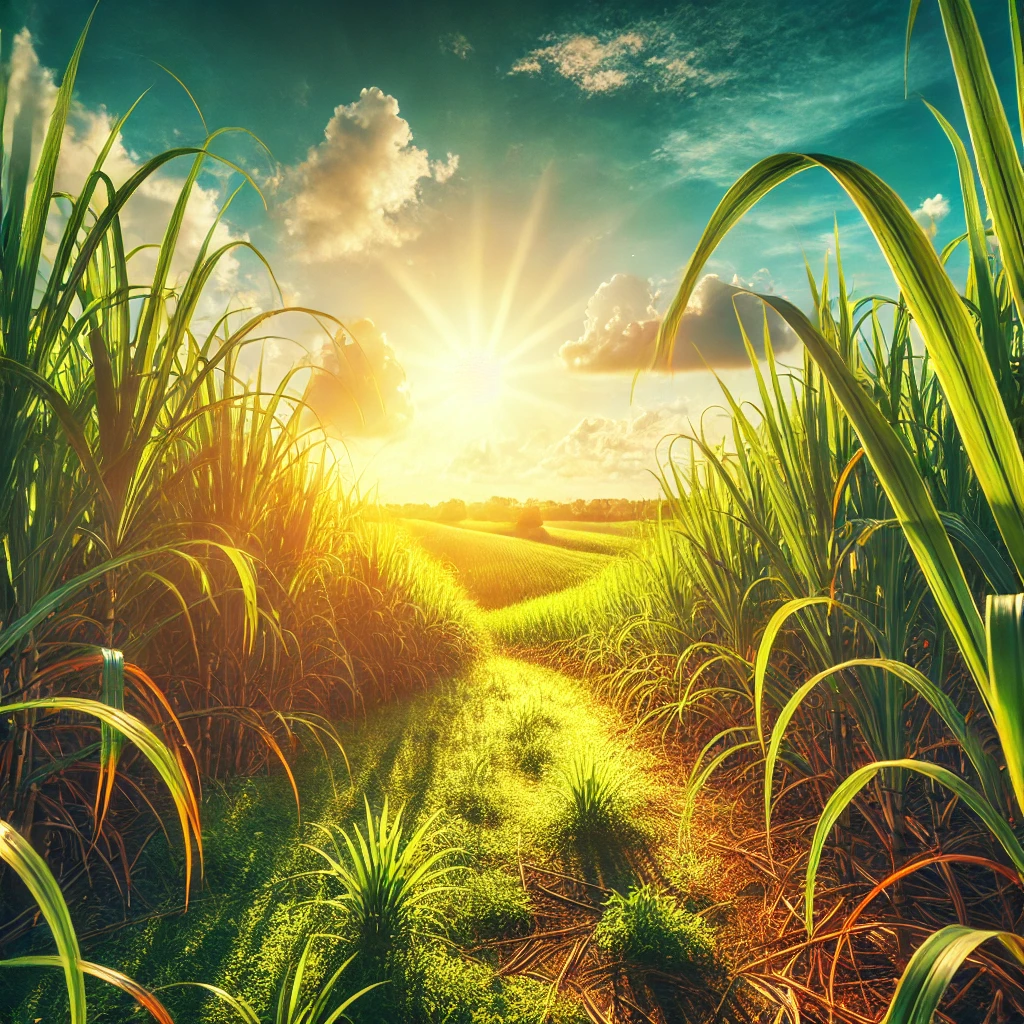
According to a study published in the journal Environmental Research Letters, sugarcane production is responsible for significant water consumption and pollution in many regions. Sugar beets, while less water-intensive, still require significant agricultural inputs and land use, which can impact local ecosystems.
Efforts to produce sugar more sustainably include practices like crop rotation, organic farming, and using integrated pest management systems to reduce the reliance on chemical pesticides. These methods can help mitigate some of the negative environmental impacts associated with sugar production, but they are not yet widely adopted on a global scale.
- Other Ingredients
Energy drinks often contain other ingredients like taurine, ginseng, and various vitamins. The environmental impact of these ingredients can vary widely. For instance, the extraction of ginseng roots can lead to soil degradation if not managed sustainably. Additionally, the synthesis of vitamins and other additives in industrial settings can involve energy-intensive processes, contributing to greenhouse gas emissions.
The production of synthetic vitamins often involves chemical reactions that require significant energy and produce waste byproducts. Transitioning to more sustainable practices in the synthesis of these compounds, such as using green chemistry techniques, can help reduce their environmental footprint.
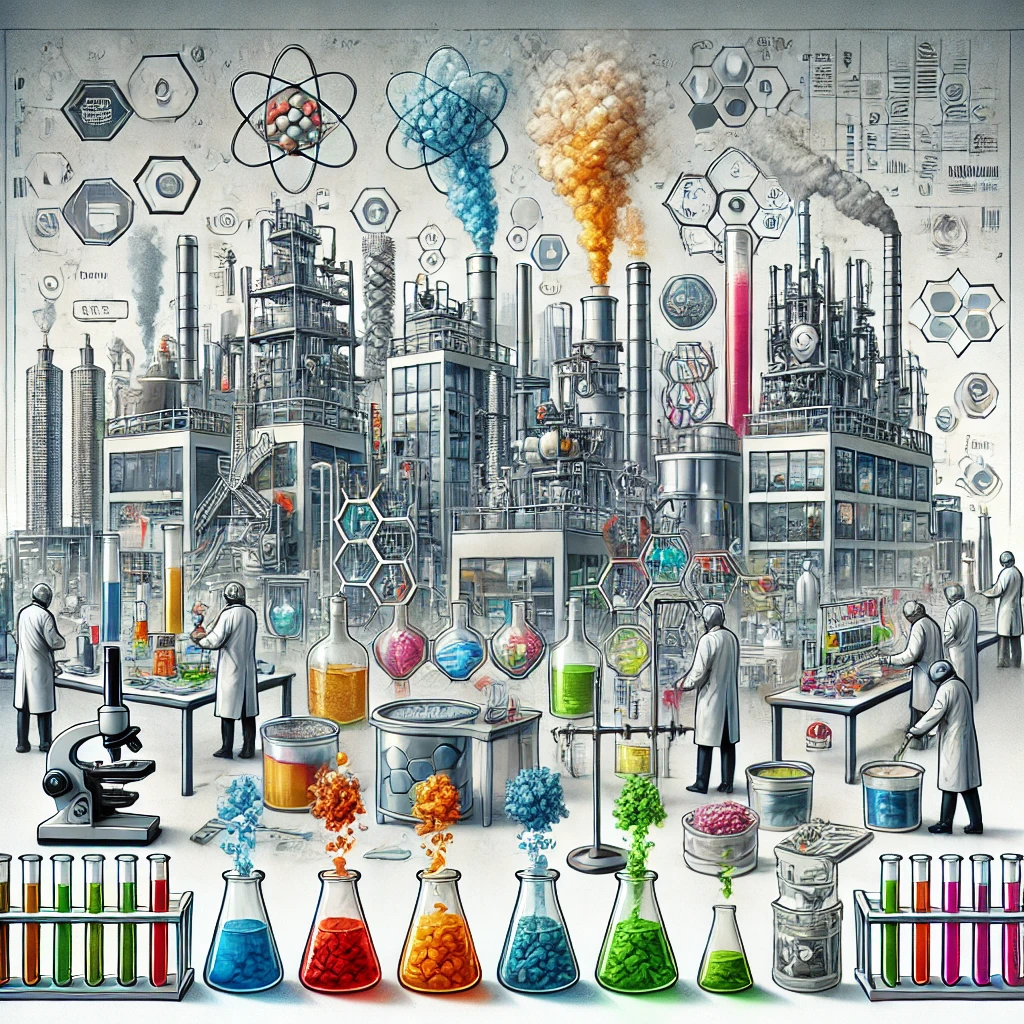
The packaging of energy drinks is another critical aspect of their environmental footprint. Most energy drinks come in aluminum cans or plastic bottles, both of which have significant environmental impacts.
- Aluminum Cans
Aluminum production is an energy-intensive process that involves mining bauxite ore, refining it into alumina, and then smelting it into aluminum. According to the International Aluminium Institute, the production of one ton of aluminum generates approximately 12 tons of CO2. While aluminum cans are recyclable, the recycling rate varies by region, and a significant amount still ends up in landfills, contributing to environmental pollution.
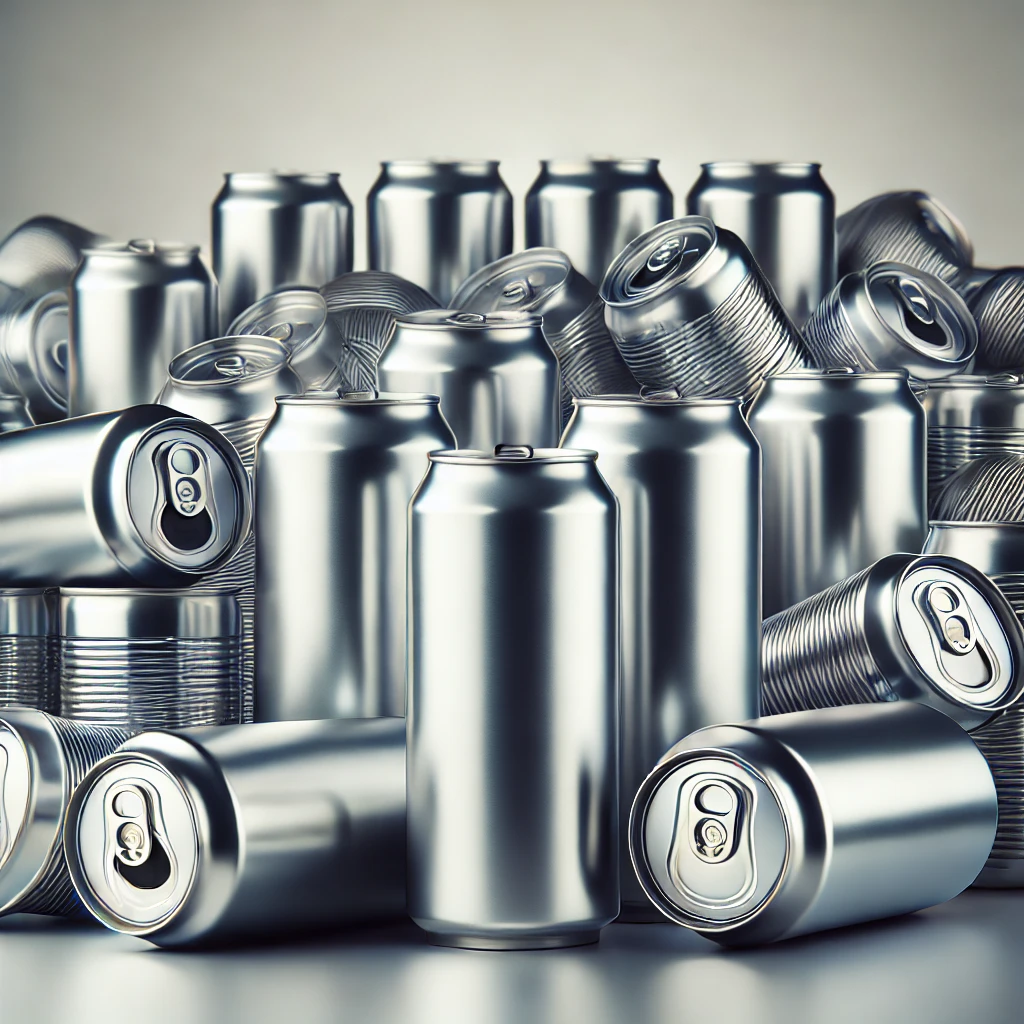

Recycling aluminum is much more energy-efficient than producing new aluminum from bauxite. It requires only about 5% of the energy needed for primary production, significantly reducing carbon emissions. However, increasing the global recycling rate for aluminum cans is essential to maximize these environmental benefits.
2. Plastic Bottles
Plastic bottles, commonly used for larger energy drink servings, are made from petroleum-based materials. The production of plastic involves the extraction and refining of oil, which has a substantial carbon footprint.
Plastic waste is a big problem for the environment, with millions of tons ending up in oceans and landfills each year. The United Nations says this pollution harms marine life and ecosystems around the world, posing a serious threat.
Scientists are working on biodegradable and compostable plastics, but these still make up only a small part of the market. To really make a difference, we need to use more of these eco-friendly materials and improve our recycling systems. This is crucial for reducing the environmental impact of plastic packaging.
Scientists have found some really cool ways to break down plastic waste. Enzymes like PETase and MHETase can quickly break down the plastics used in bottles, turning them into reusable materials.
Chemical recycling methods, such as pyrolysis, use heat to convert plastics into new plastic materials. Certain bacteria and fungi, like Ideonella sakaiensis and Pestalotiopsis microspora, can naturally decompose plastics. Biodegradable plastics, like PLA and PHA, are designed to break down more easily in the environment.

Plus, exposing plastics to UV light can help them degrade faster. These breakthroughs offer promising solutions to reduce plastic pollution and help create a more sustainable future.
The environmental impact of energy drinks extends beyond production to include transportation and even distribution. Energy drinks are often produced in one location and then shipped globally, involving many modes of transportation, each with its own special environmental impact.
- Carbon Emissions
Long-distance shipping by trucks, ships, and airplanes also creates a lot of carbon emissions. The Environmental Protection Agency (EPA) says transportation is one of the biggest sources of greenhouse gases in the United States. When energy drinks are shipped worldwide, it adds to these emissions, making their overall environmental impact worse.

To reduce this carbon footprint, companies can improve their supply chains, use more fuel-efficient vehicles, and consider alternative transportation methods like rail or sea freight, which usually produce fewer emissions compared to air transport.
The distribution process also involves energy consumption for refrigeration and storage, especially for products that need to be kept cool. This additional energy use further contributes to the carbon footprint of energy drinks.
The environmental impact of energy drinks doesn’t end when the can is opened. Drinking habits and waste management practices also play a big role.
- Single-Use Packaging
Energy drinks are often consumed on the go, leading to high levels of single-use packaging waste. Even though aluminum and plastic can be recycled, many of these containers end up in landfills or as litter because they aren’t disposed of properly.

To cut down on this waste, some places use deposit return schemes. This means you pay a small extra fee when buying the drink and get the money back when you return the empty container for recycling. These programs have been successful in increasing recycling rates in many countries.
2. Recycling Challenges
Recycling helps reduce some environmental problems, but how well it works can vary a lot. In some places, the recycling systems aren’t good enough, leading to low recycling rates. The Environmental Protection Agency says only about 50% of aluminum cans and 30% of plastic bottles are recycled in the U.S. Improving these numbers is important for reducing the environmental impact of energy drinks.
Public education campaigns and rewards for recycling can help improve these rates. Also, new recycling technologies can make it easier and cheaper to recycle more types of materials.
Addressing the environmental impact of energy drinks requires a multi-layered approach, involving sustainable production practices, improved packaging, and better waste management.
One way to reduce the environmental footprint is by sourcing ingredients sustainably. For example, choosing caffeine from shade-grown coffee or sustainably farmed tea can help preserve biodiversity and reduce deforestation. Also, using organic sugarcane can minimize pesticide use and reduce water pollution. Companies can also invest in synthetic caffeine produced in more eco-friendly ways to lower their environmental impact.

Shifting to more sustainable packaging options is another important step. Using recycled aluminum or biodegradable plastics can help reduce the long-term environmental footprint. Brands like Guayaki Yerba Mate have started using compostable packaging, setting an example for the industry. Also, encouraging consumers to recycle through incentives and better education can help increase recycling rates.
Reducing the distance energy drinks travel from where they are made to where they are consumed can lower carbon emissions a lot. Setting up local production facilities can help cut down the environmental impact from transportation. Additionally, companies can look into using more energy-efficient transportation methods and improving their supply chains to reduce their carbon footprint.
Educating consumers about the environmental impact of their choices can drive demand for more sustainable products. Brands can play a role by transparently sharing information about their environmental practices and encouraging responsible consumption and disposal. Initiatives like “take-back” programs for cans and bottles can also help manage waste more effectively.
Several energy drink companies are leading the charge in sustainability, setting benchmarks for the industry.
1. Guayaki Yerba Mate
Guayaki Yerba Mate is committed to environmental sustainability. The company sources yerba mate from shade-grown trees in the Atlantic Rainforest, promoting biodiversity and reducing deforestation. Guayaki also uses compostable packaging and invests in regenerative agriculture, demonstrating a holistic approach to sustainability.
- Runa
Runa, another brand focused on sustainable practices, sources its guayusa leaves directly from indigenous farmers in the Amazon. This not only supports local communities but also helps preserve the rainforest. Runa’s commitment to fair trade and organic farming practices sets a high standard for the industry.
- Hiball Energy
Hiball Energy emphasizes clean energy and sustainability. The brand uses organic ingredients and offers products in recyclable glass bottles and aluminum cans. Hiball’s focus on transparency and quality resonates with environmentally conscious consumers.
The environmental impact of energy drinks is a complicated issue that needs efforts from producers, consumers, and policymakers. By using sustainable practices, better packaging, and promoting recycling, the industry can reduce its environmental footprint. Consumers can also help by choosing eco-friendly options and disposing of waste responsibly.
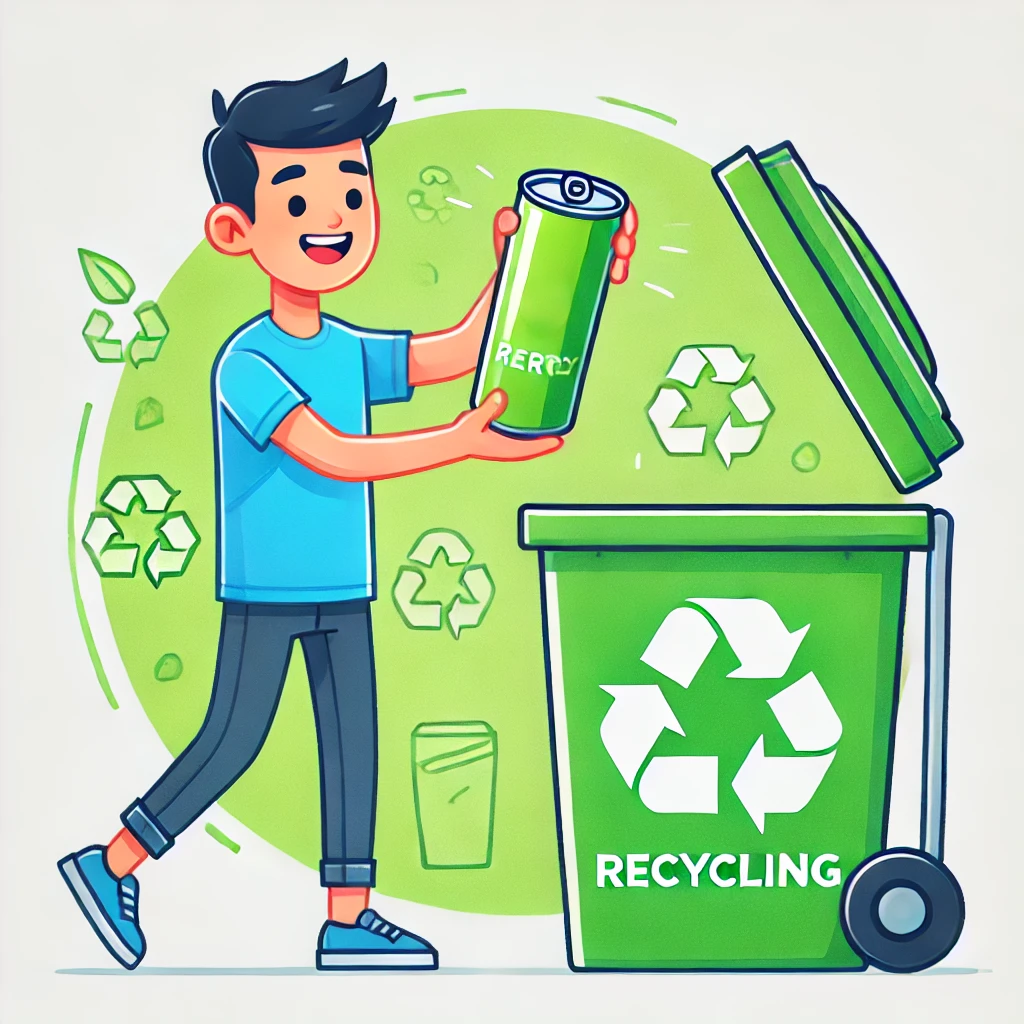
As more people become aware of these issues, the demand for sustainable products is likely to grow, leading to more innovation and improvements in the industry. Moving forward, everyone needs to work together to protect our planet while still enjoying the benefits of energy drinks.
The environmental footprint of energy drinks is significant, covering everything from ingredient sourcing to packaging and transportation. However, with efforts from both companies and consumers, it’s possible to reduce these impacts. Sustainable sourcing, eco-friendly packaging, and better waste management are key strategies for cutting down the environmental impact of energy drinks. By making informed choices and supporting brands that care about sustainability, we can enjoy our energy drinks while taking care of the planet.
References
- International Coffee Organization. “The Water Footprint of Coffee Production.”
- Environmental Research Letters. “The Environmental Impact of Sugarcane Production.”
- International Aluminium Institute. “Carbon Emissions in Aluminium Production.”
- United Nations. “Plastic Pollution and Marine Life.”
- Environmental Protection Agency. “Greenhouse Gas Emissions from Transportation.”
- Environmental Protection Agency. “Recycling Statistics and Facts.”

